Ruijie Reyee RG-S6120-20XS4VS2QXS 24-Port Managed Core and Aggregation Switch
Hardware Specifications
Interface Specifications
-
- Fixed port – 20 x 1G/2.5G/10G SFP+ ports, 4 x 10G/25G SFP28 ports, 2 x 40G QSFP+ ports
One switch provides a maximum of 32 x 10G ports, 2 modular power slots, and 2
modular fan slots. - Fan module – 2 x pluggable fan modules, and fan speed regulating and alarm function
- Power modules – 2 x power module slots
- Fixed management ports – 1 x MGMT port, 1 x console port, and 1 x USB 2.0 port
- Fixed port – 20 x 1G/2.5G/10G SFP+ ports, 4 x 10G/25G SFP28 ports, 2 x 40G QSFP+ ports
System Specifications
-
- Packet forwarding rate – 570 Mpps/1,260 Mpps
- System switching capacity – 2.56 Tbps/25.6 Tbps
- Number of MAC addresses
- Number of global MAC addresses: 32,768
- Number of static MAC addresses: 1,000
- ARP table size – 16,000
- ND table size – 4,000
- Number of IPv4 unicast routes – 16,000
- Number of IPv4 multicast routes – 4,000
- Number of IPv6 unicast routes – 16,000
- Number of IPv6 multicast routes – 2,000
- Number of ACEs
- Maximum number of ingress ACEs associated with an SVI, physical interface, oraggregate interface: 2,500
- Maximum number of egress ACEs associated with an SVI, physical interface, oraggregate interface: 1,000
- Number of VSU members – 2
- Number of IGMP groups – 4,000
- Number of MLD groups – 1,024
- Number of VRFs – 100
Dimensions and Weight
-
- Dimensions (W x D x H) – 442 mm × 330 mm × 43.6 mm (17.40 in. x 12.99 in. x 1.72 in.), 1 RU
- Weight (full load) – 5.7 kg (12.57 lbs)
CPU and Storage
-
- CPU – 1.25 GHz ARM processor
- Storage
- Flash memory: 1 GB
- RAM: 1 GB, 32-bit bandwidth and 4-bit ECC
Power and Consumption
-
- Maximum power consumption – < 85 W
- Rated input voltage
- RG-PA150I-F:
- AC input:
- Rated voltage range: 100–240 V AC; 50/60 Hz
- Rated input current: 3 A
- HVDC input:
- Rated voltage: 240 V DC
- Rated current per circuit: 3 A
- Maximum input voltage
- RG-PA150I-F:
- AC input: 90–264 V AC; 47/63 Hz
- HVDC input: 192–288 V AC
Environment and Reliability
-
- MTBF – > 200,000 hours
- Primary airflow – Front-to-rear airflow
- Operating temperature – 0°C to 50°C (32°F to 122°F)
- Storage temperature – –40°C to +70°C (–40°F to +158°F)
- Operating humidity – 10% to 90% RH (non-condensing)
- Storage humidity – 5% to 90% RH (non-condensing)
- Maximum operating altitude – 5000 m (16404.20 ft.)
- Operating noise – < 78 dB
- Interface surge protection – Power module: 6 kV
Software Specifications
-
- Ethernet Switching
- Jumbo frame (maximum length: 9,216 bytes)
- IEEE 802.1Q (supporting 4K VLANs)
- Maximum number of VLANs that can be created: 4,094
- Voice VLAN
- Super-VLAN and private VLAN
- MAC address-based, port-based, protocol-based, and IP subnet-based VLAN assignment
GVRP - Basic QinQ and selective QinQ
- STP (IEEE 802.1.d), RSTP (IEEE 802.1w), and MSTP (IEEE 802.1s)
- ERPS (G.8032)
- LACP (IEEE 802.3ad)
- LLDP/LLDP-MED
- IP Service
- Static and dynamic ARP
- DHCP server, DHCP client, DHCP relay, and DHCP snooping
- DNS
- DHCPv6 Client, DHCPv6 relay, and DHCPv6 snooping
- Neighbor Discovery (ND) and ND snooping
- IP Routing
- Static routing
- RIP and RIPng
- OSPFv2 and OSPFv3
- GR
- IS-ISv4 and IS-ISv6
- BGP4 and BGP4+
- BGP4 and MP-BGP
- Equal and Weighted Cost Multi-Path (ECMP)
- IPv4/IPv6 VRF
- IPv4/IPv6 PBR
- Multicast
- IGMPv1/v2/v3 and IGMP proxy
- IGMPv1/v2/v3 snooping
- IGMP filtering and IGMP fast leave
- PIM-DM, PIM-SM, and PIM-SSM
- PIM-SSM for IPv4 and IPv6
- MLDv1/v2
- MLDv1/v2 snooping
- MSDP
- PIM-SMv6
- Multicast source IP address check
- Multicast source port check
- Validity check of IGMP packets
- Multicast querier
- ACL and QoS
- Standard IP ACLs (hardware ACLs based on IP addresses)
- Extended IP ACLs (hardware ACLs based on IP addresses or TCP/UDP port numbers)
- Extended MAC ACLs (hardware ACLs based on source MAC addresses, destination MAC addresses, and optional Ethernet type)
- Expert-level ACLs (hardware ACLs based on flexible combinations of the VLAN ID, Ethernet type, MAC address, IP address, TCP/UDP port number, protocol type, and time range)
- Time-based ACLs
- ACL80 and IPv6 ACL
- Applying ACLs globally (hardware ACLs based on flexible combinations of the VLAN ID, Ethernet type, MAC address, IP address, TCP/UDP port number, protocol type, and time range)
- ACL redirection
- Port traffic identification
- Port traffic rate limiting
- 802.1p/DSCP/ToS traffic classification
- Traffic classification based on 802.1p priorities, DSCP priorities, and IP precedences
- Traffic classification based on ToS values
- Congestion management: SP, WRR, DRR, WFQ, SP+WRR, SP+DRR, and SP+WFQ
- Congestion avoidance: tail drop, RED, and WRED
- Eight queues on each port
- Rate limiting in each queue
- Security
- AAA
- RADIUS and TACAS+
- Filtering of invalid MAC addresses
- Broadcast storm suppression
- Hierarchical management of administrators and password protection
- BPDU guard
- RADIUS authentication and authorization
- Port- and MAC address-based 802.1x authentication
- IEEE802.1X authentication, MAC address bypass (MAB) authentication, and interface-based and MAC address-based 802.1X authentication
- Web authentication
- Hypertext Transfer Protocol Secure (HTTPS)
- SSHv1 and SSHv2
- ICMPv6
- IPv6 addressing and Path MTU Discovery
- Port security
- IP source guard
- SAVI
- ARP spoofing prevention
- CPP and NFPP
- Various attack defense functions including NFPP, ARP anti-spoofing, DHCP/DHCPv6 attack defense, ICMP attack defense, ND attack defense, IP scanning attack defense, and customizing attack defense packet types
- Loose and strict RPF
- uRPF ignoring default routes
- Reliability
- REUP
Rapid Link Detection Protocol (RLDP), Layer 2 link connectivity detection, unidirectional link detection, and VLAN-based loop control - Data Link Detection Protocol (DLDP)
- IPv4 VRRP v2/v3 and IPv6 VRRP
- BFD
- GR for RIP, OSPF, BGP, and other routing protocols
- Power modules in 1+1 redundancy mode
- Hot swapping of power modules and fan modules
- REUP
- Device virtualization – VSU
- NMS and maintenance
- SPAN, RSPAN, and ERSPAN
- sFlow
- NTP, SNTP, and NTP for IPv6
- FTP and TFTP
- FTP/TFTP v6
- SNMP v1/v2/v3
- SNMP over IPv6
- RMON (1, 2, 3, 9)
- Various types of RMON groups, including event groups, alarm groups, history groups, and statistics groups, as well as private alarm extension groups
- RMON used to implement Ethernet statistics, historical statistics, and alarm functions
- NETCONF
- Flow-based mirroring, and N:1 and 1:N port mirroring
- CWMP
- gRPC
- OpenFlow Special 1.3
- Flow table analysis defined by all protocols
- Transmission of specified packets to the controller
- Configuring the controller’s IP address and port
- Notifying port status changes to the controller
- CLI (Telnet/console)
- Syslog
- IPv6 MIB support for SNMP
- Telnet v6
- Traceroute v6
- DNS v6
- Ethernet Switching
Available Model
Ruijie Reyee RG-S6120-20XS4VS2QXS 24-Port Managed Core and Aggregation Switch-Isometric View



Ruijie Reyee RG-S6120-20XS4VS2QXS 24-Port Managed Core and Aggregation Switch

Ruijie Reyee RG-S6120-20XS4VS2QXS 24-Port Managed Core and Aggregation Switch, VSU virtualization, Multiple management modes
Product SKU: Ruijie Reyee RG-S6120-20XS4VS2QXS
Product Brand: Ruijie Reyee
Product Currency: AUD
Product Price: 7147
Product In-Stock: InStock
5
Table of Contents

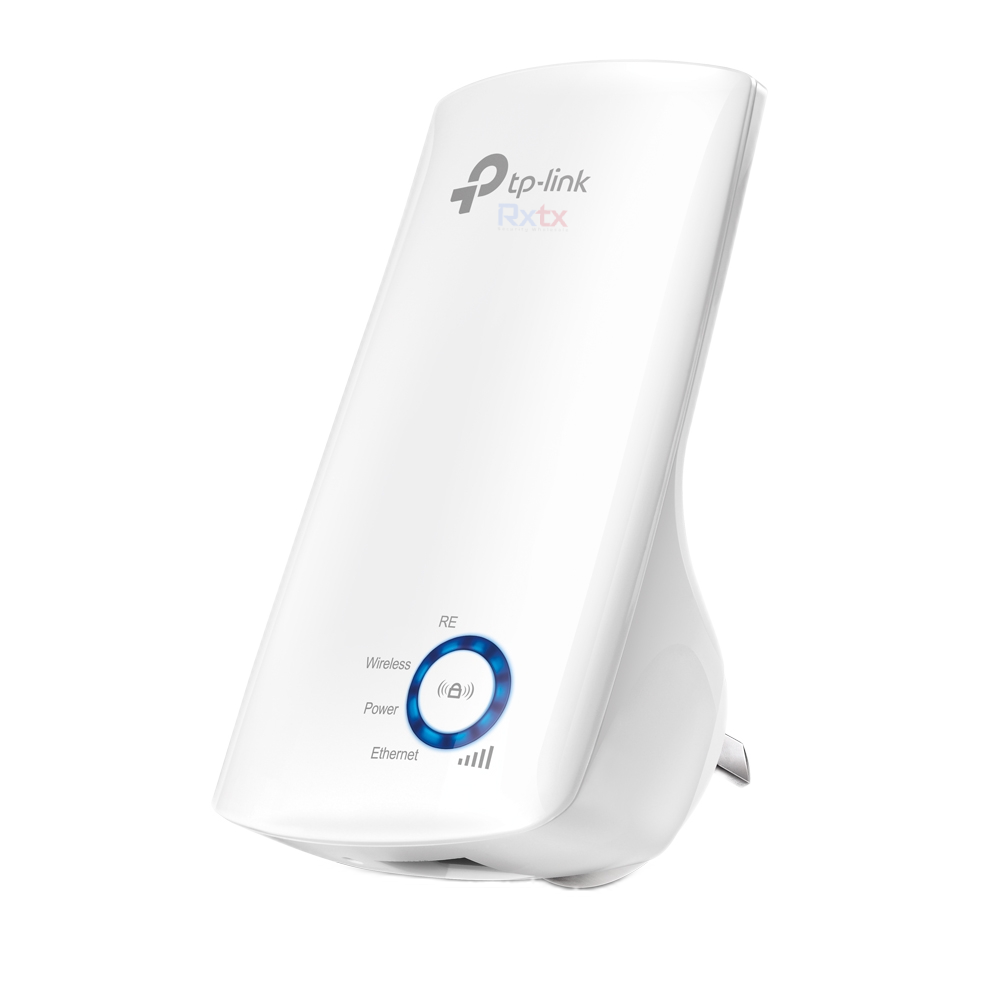
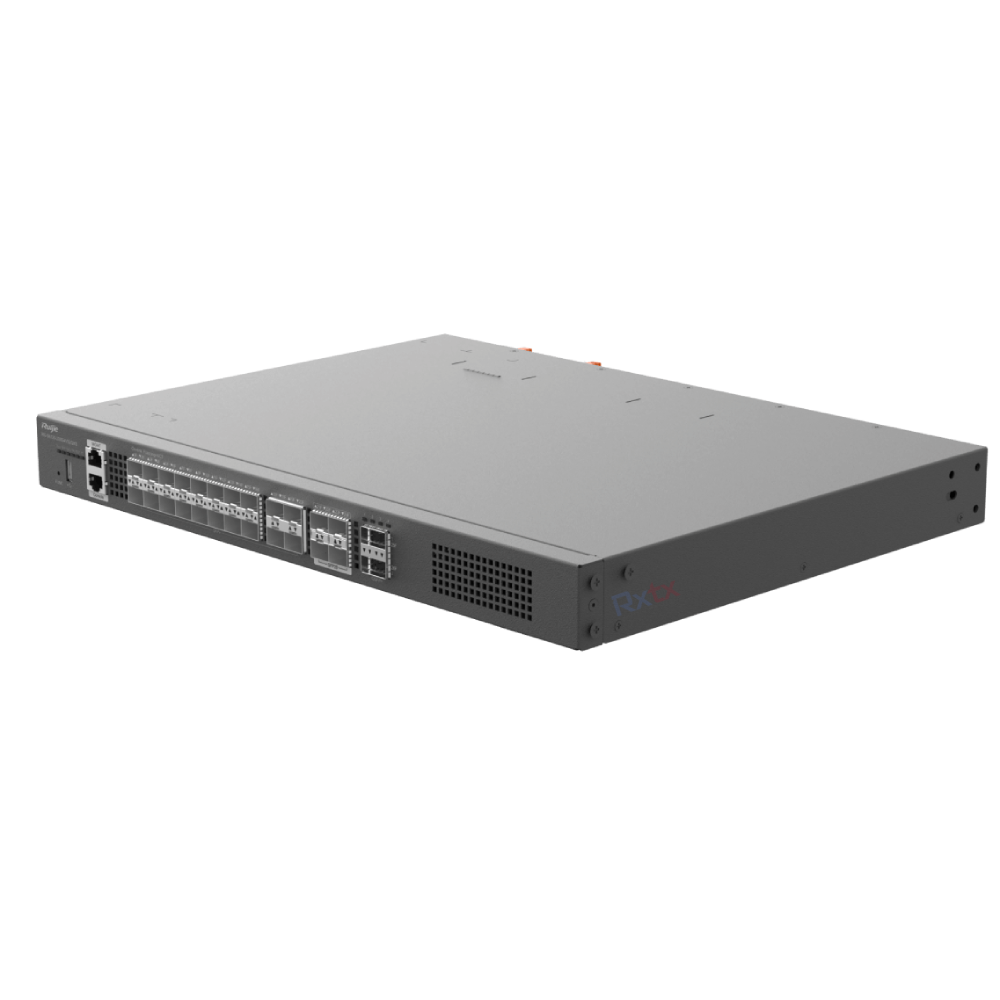
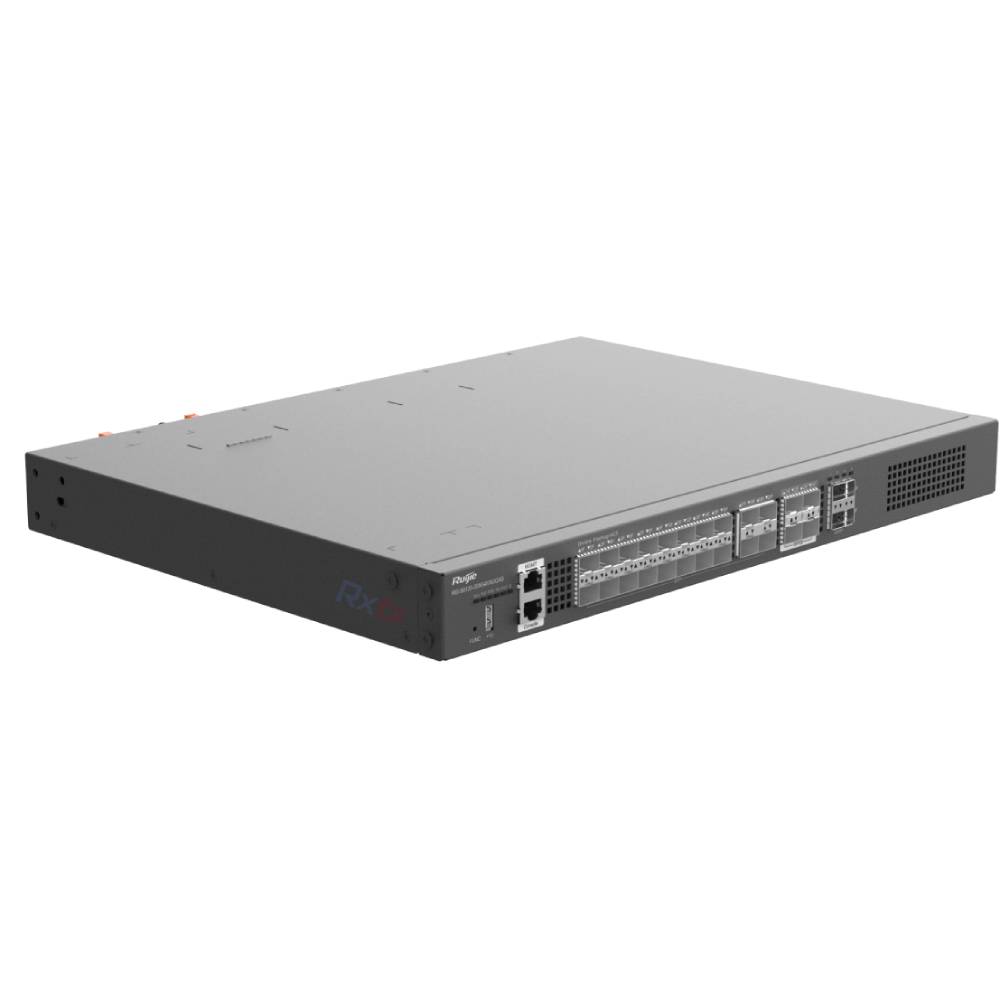
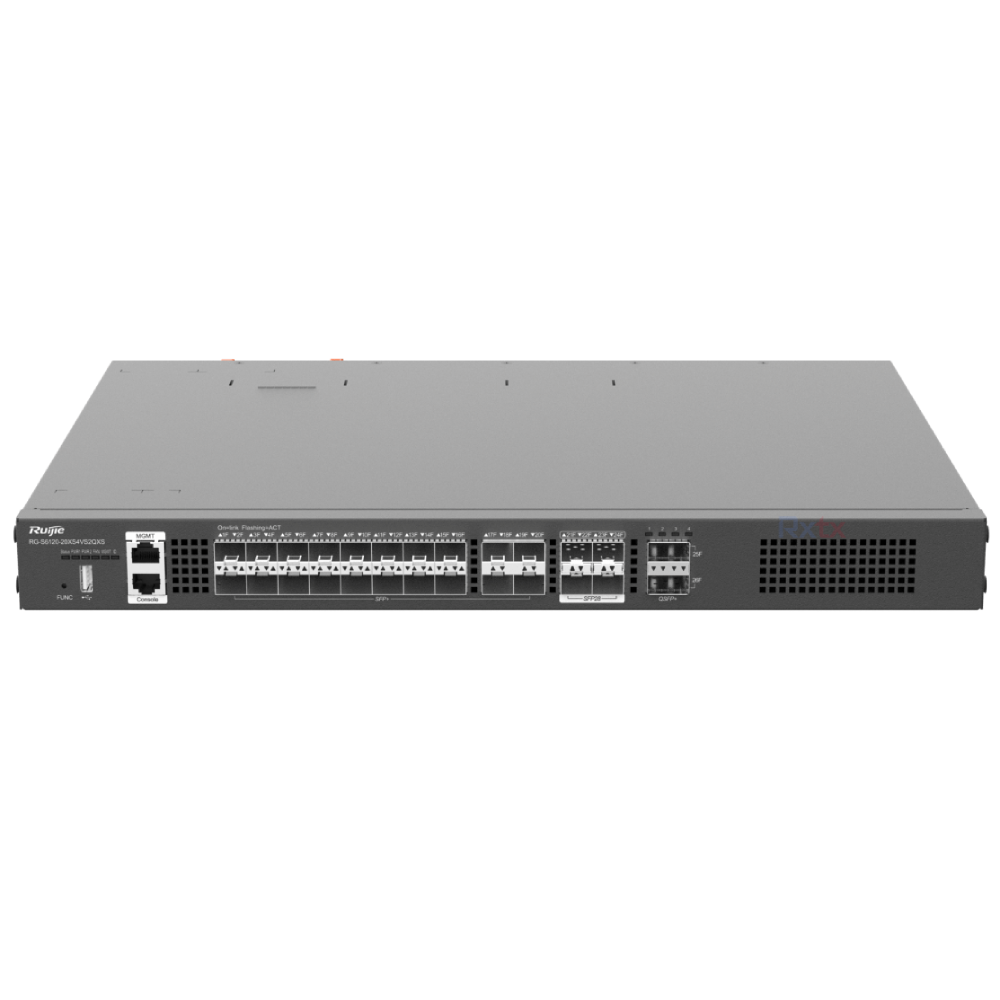
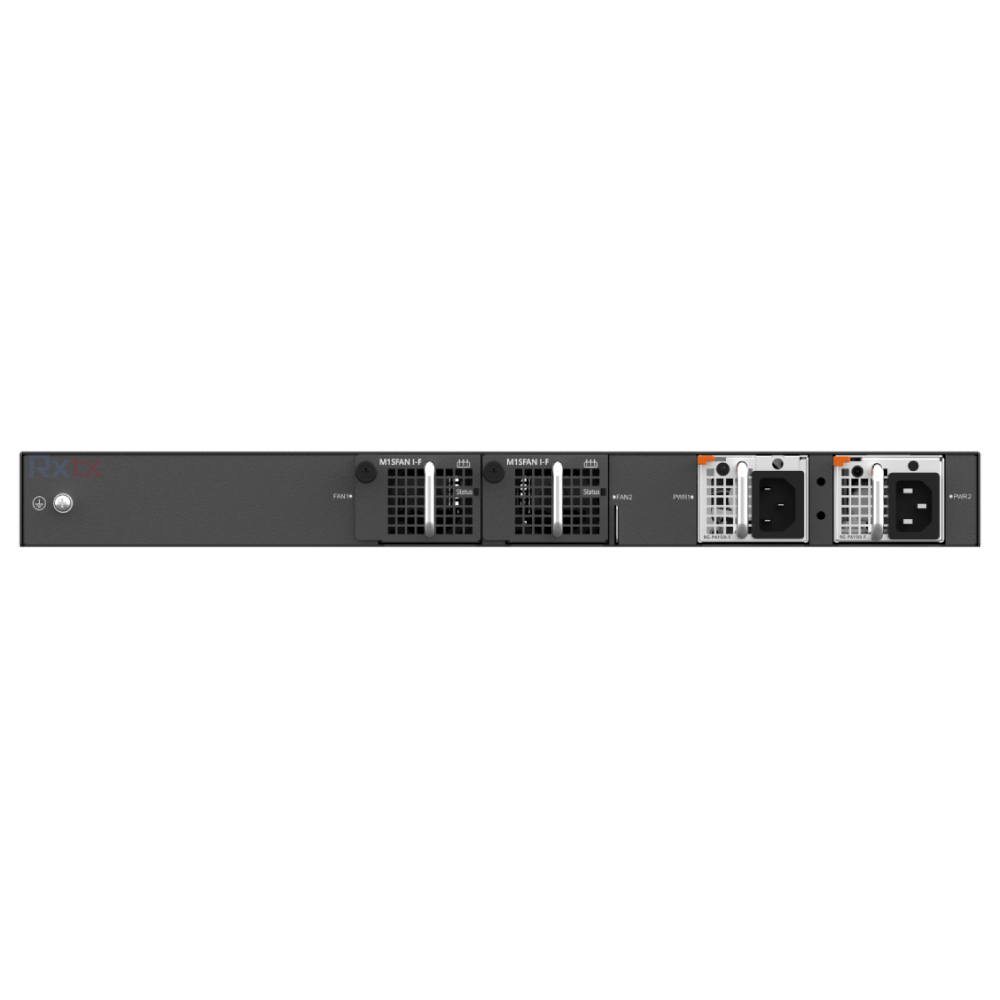
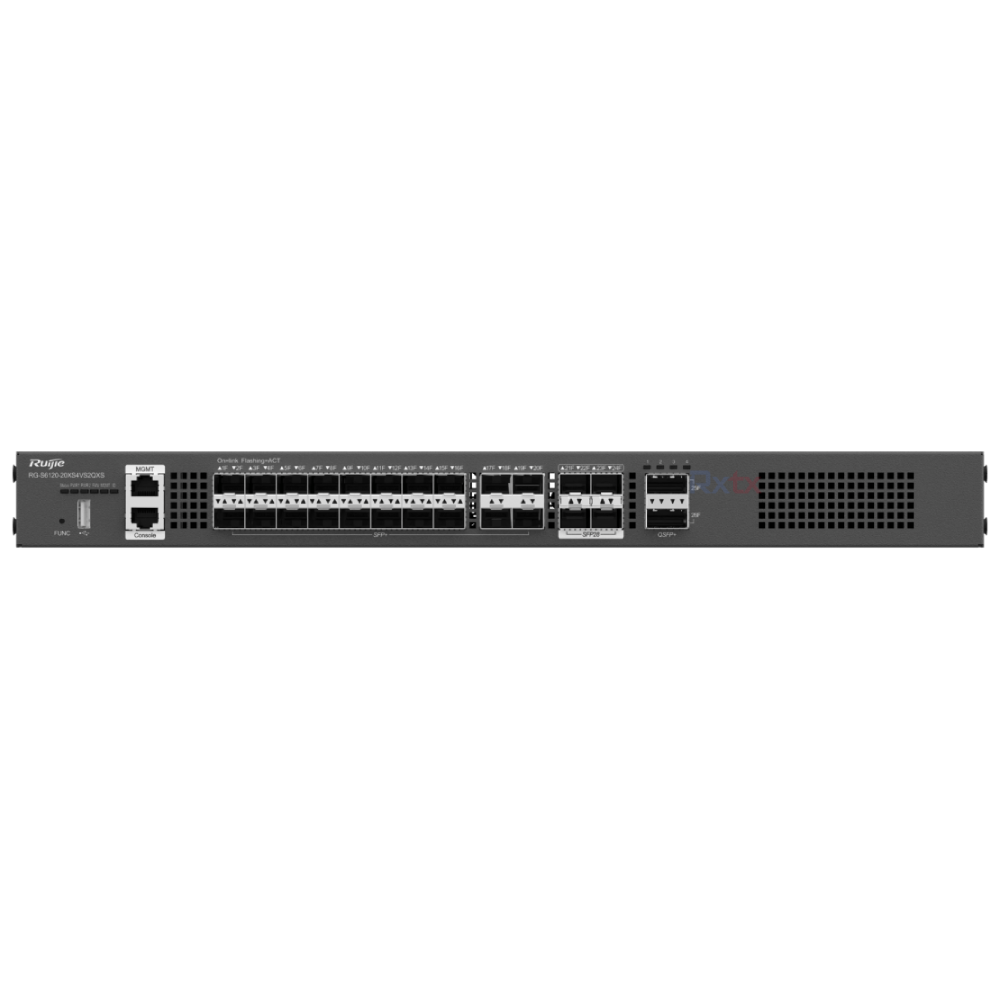
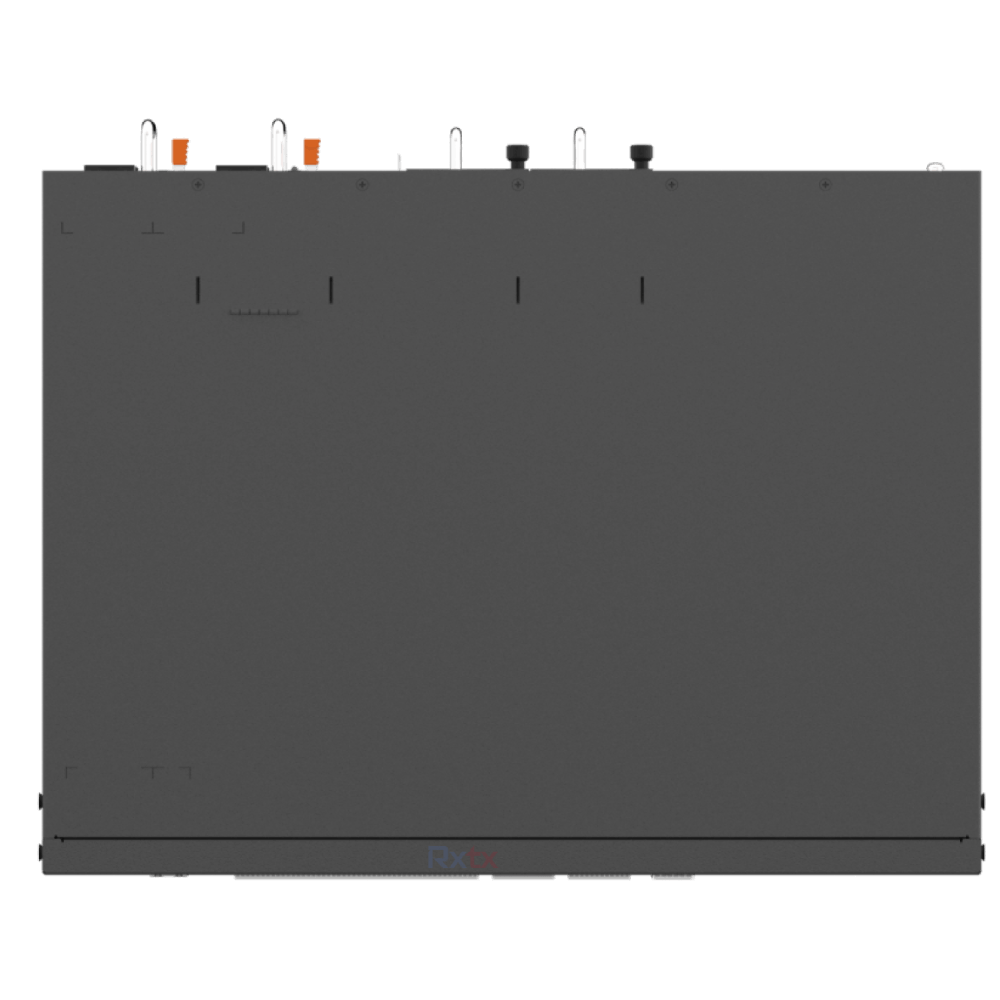
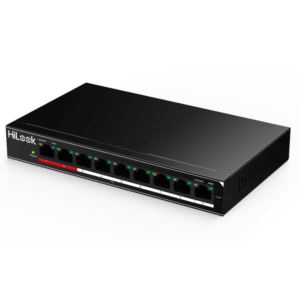
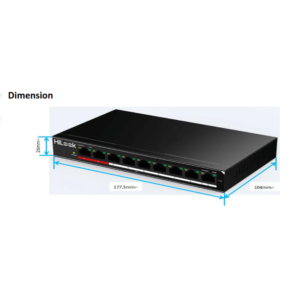
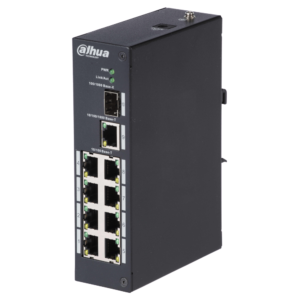
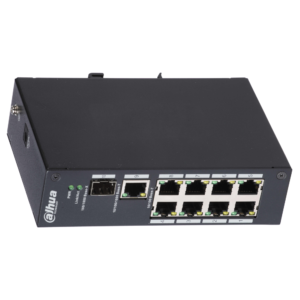
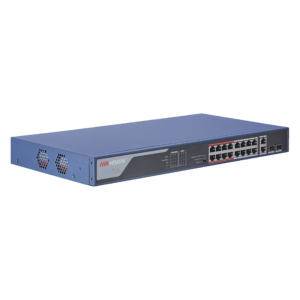
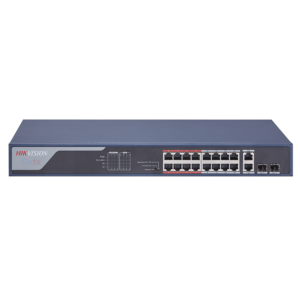
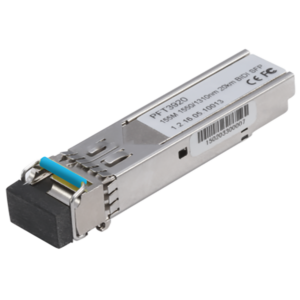
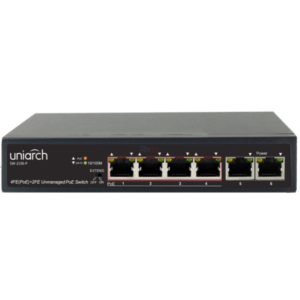
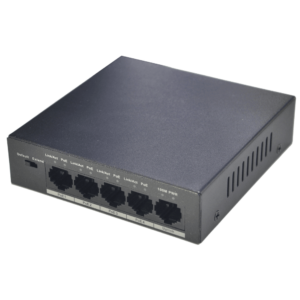
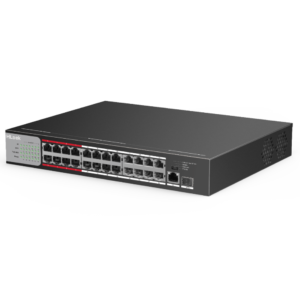
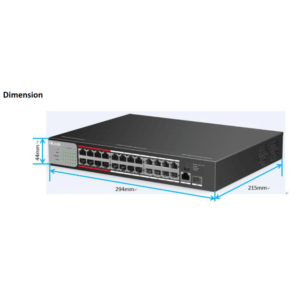
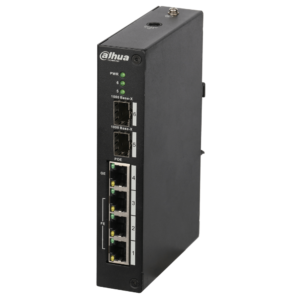
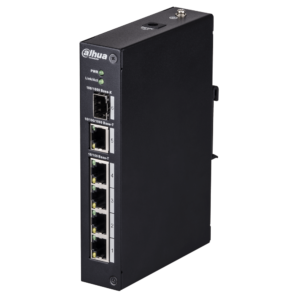
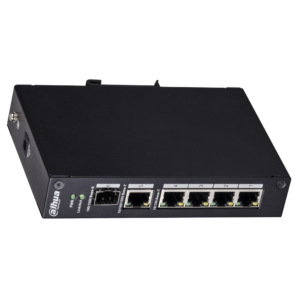
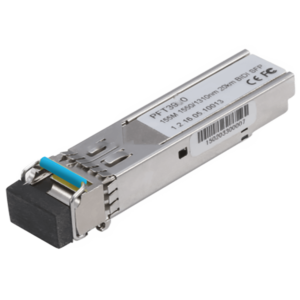
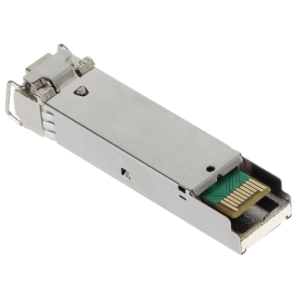
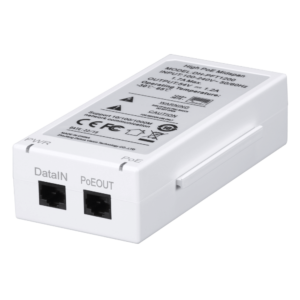
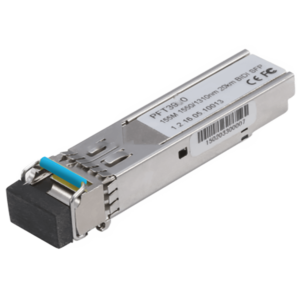
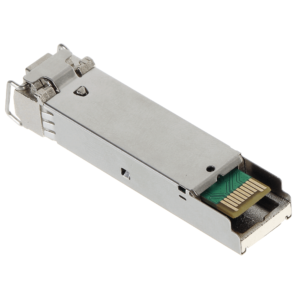
Reviews
There are no reviews yet.